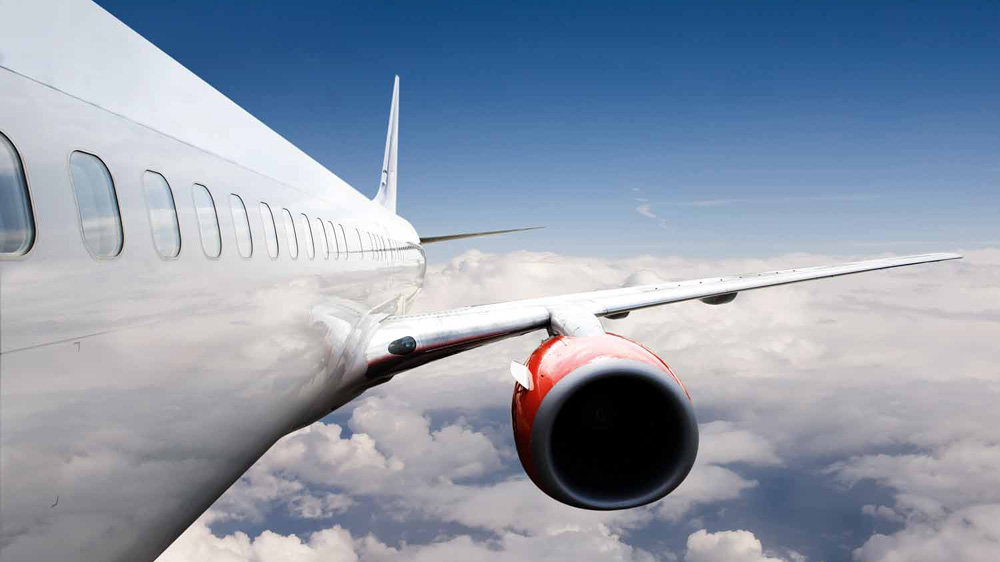
Virtual Reality (VR) along with augmented reality and technology mixed reality are now being used extensively in commercial and military aviation training. The high-stakes nature of modern aviation has spurred on technological progress, and the aviation industry has welcomed new ways to ensure the safety and success of their craft. VR in the aviation industry has changed the face of flight training and simulation. Here are some of the ways how you can use VR in your aviation training institute.
Pilot Training
The most obvious use of VR is pilot training. In the initial stages, trainees learn via replica cockpits with computer screens displaying the simulated external world. This type of training is expensive and inflexible.
Use of VR makes it more cost-effective and adaptable. With VR technology, an unlimited number of cockpits can be generated without the need to build replicas. This reduces the cost and required space, and enables one academy to provide training for more than just a handful of aircraft.
Training Of Cabin Crew
VR headsets are useful for cabin crew training also. VR technology enables the training academy to create an interactive hangar. Aircraft can be inspected throughout and the trainees are able to view and interact with various systems and applications of the aircraft. This not only saves time and money but also saves the trouble of making multiple trips to an actual hangar.
Training of Ground Staff
Ground crew have benefitted hugely from virtual reality technologies too. VR allows the trainees to walk-around and examines various parts of an aircraft without having to disassemble an entire engine. They can easily investigate and view complex structures such as jet engines and turboprops and efficiently repair the aircraft. Thus, virtual reality offers a cheaper, faster way to learn how to repair an engine.
Treatment of Phobia
Approximately 10-20% of people are afraid of flying. Virtual reality not only makes it easy to teach and train the pilots, ground staff and cabin crew; but also helps in reducing the fear of flying in them. Placing a person in a virtual plane and monitoring their responses helps trainers ascertain which part of the flying experience causes anxiety and how best to treat it.

